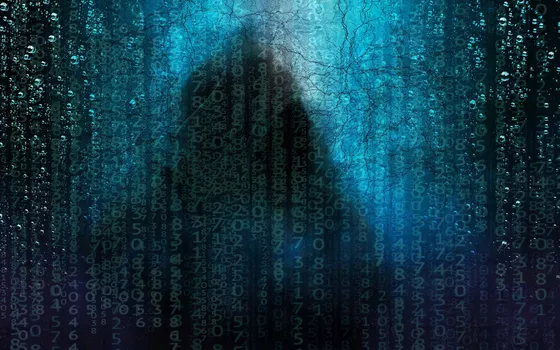Among many cyber threats today, there is one that is often underestimated but has disastrous potential for anyone who surfs online.
We’re talking about the infamous identity theft online, an increasingly common practice which sees the collection and resale of personal data on Dark Web by unscrupulous cybercriminals.
The “prize up for grabs” is rich and unmissable for cyber criminals. We are talking about nomi, surnames, addresses, banking credentials and other sensitive information. A hacker, who obtains this data, can in fact open bank accounts on behalf of the victim, withdraw money from your account or even ask gods loans in his name.
Although the risks are high, fortunately, there are also suitable countermoves that anyone can implement.
The first piece of advice, which is somewhat obvious, is to jealously preserve data such as credit card numbers and similar. Secondly, pay close attention to what you post on social network is essential: it must always be considered that one’s profile is a “shop window” accessible to all and, as such, is very dangerous.
Even the telephone communications are at high risk: when you are contacted, it is best to pay attention to what personal data you reveal.
Online identity theft is increasingly frequent but it is possible to combat it effectively
To avoid identity theft, it is important to pay attention to sophisticated scams, such as those that exploit social engineering or the sophisticated deepfake.
The adoption of theArtificial intelligence in cybercrime, it is having a devastating effect. Video and audio generated with AI systems can easily mislead the average user. In case of doubt or discrepancies, it is good to ask in-depth questions to the interlocutor, to understand if it is really him or an artificial creation.
In the case of emails with urgent reminders, it is best to avoid hasty clicks and contact the platform involved (banking or otherwise), through the official channelswithout interacting with the message received.
In addition to using strong passwords, it is essential to combine these with some advanced protection methods. L’multi-factor authenticationaccess techniques based on biometric data or systems that exploit the tokenrepresent solid protections against online identity theft.

